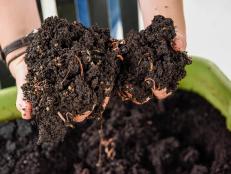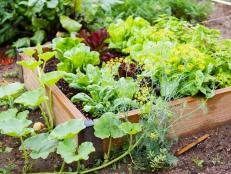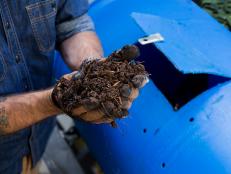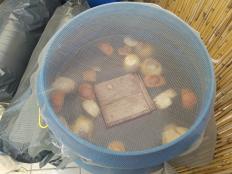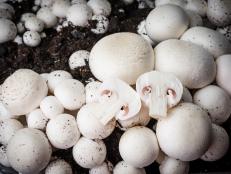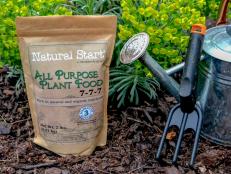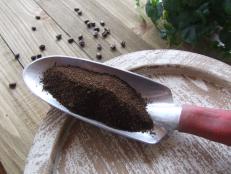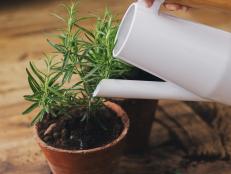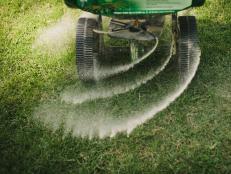The Different Ways to Make Compost
Composting can be more than just throwing food scraps on a pile. Learn a few new methods for making natural fertilizers.
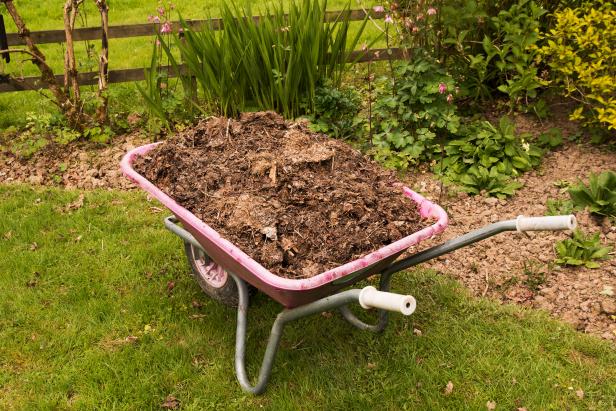
Shutterstock/Sally Wallis

The wide range of possibilities is part of what makes composting fun. Whether you’re a beginner who is looking for the perfect system or if you’re a veteran composter who is searching for a new challenge, there are plenty of options worth trying.
Aerobic vs. Anaerobic
Many composting techniques rely on oxygen-loving aerobic bacteria to break down the ingredients in a bin. Aerobic conditions are facilitated by regularly mixing the contents in the compost bin so that fresh air reaches the contents and helps them break down. An aerobic compost pile also needs to stay damp enough for bacteria to stay active, but not so swampy that the pile loses oxygen. Animal products aren’t added to the bin because the bacteria that consume dairy also rob the pile of oxygen.
Some methods of composting, like Bokashi, use anaerobic bacteria that don’t need oxygen to create compost. Turning the compost is unnecessary. In fact, Bokashi composting requires a closed container with no ventilation. Ingredients normally banned from other methods — like dairy, meat and oils — are welcome in a Bokashi bin.
Animal Products vs. Vegan
Animal products, such as manures, feathers, blood and bone meals, are full of nutrients and minerals that help plants grow. The high-nitrogen content in these components helps heat up the compost pile to temperatures that will kill any lingering garden pests and plant diseases.
Vegan composters may avoid using animal products because they object to certain agricultural systems or it is part of their lifestyle. Vegan composters can heat up piles by substituting animal products with plant meals from alfalfa, canola, cotton or soy crops.
Neutral vs. Acidic
The acidity or alkalinity of the finished compost is affected by the original ingredients. Most plants prefer a pH (a measure of acidity) that is close to neutral. Many plant nutrients are available for plants to absorb when the soil pH is between 6.5 and 7. Beneficial organisms, like earthworms, tend to prefer the neutral range as well. Composters who want a neutral yield should avoid adding too many ingredients that will excessively raise or lower the pH.
There are some plants — like azaleas, rhododendrons and blueberries — that need acidic soil to thrive. Composters who want to encourage these plants in their garden without relying on long-term soil amendments should consider making an ericaceous compost blend for acid-loving plants.
When is Compost “Organic”?
Composting is great for the environment on a variety of levels, from offsetting green waste that is sent to landfills, to decreasing dependence on synthetic, chemical, petroleum-based garden products. However, not all composting methods are “organic” by the official guidelines. While traditional composting tends to focus on how to combine ingredients to get the desired product, organic composting requires folks to consider the history of the ingredients that they add to their bin.






